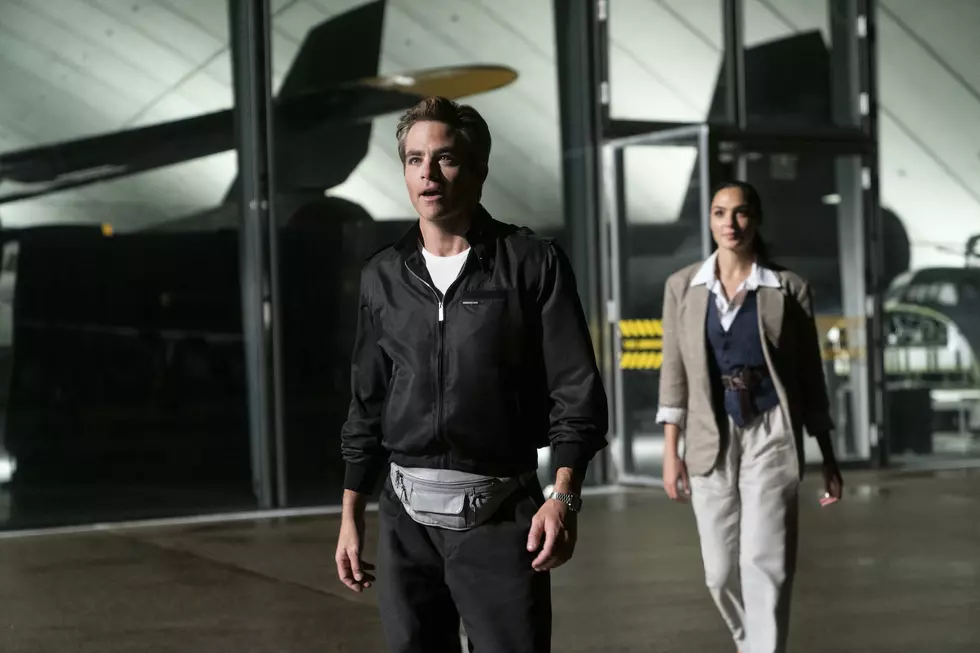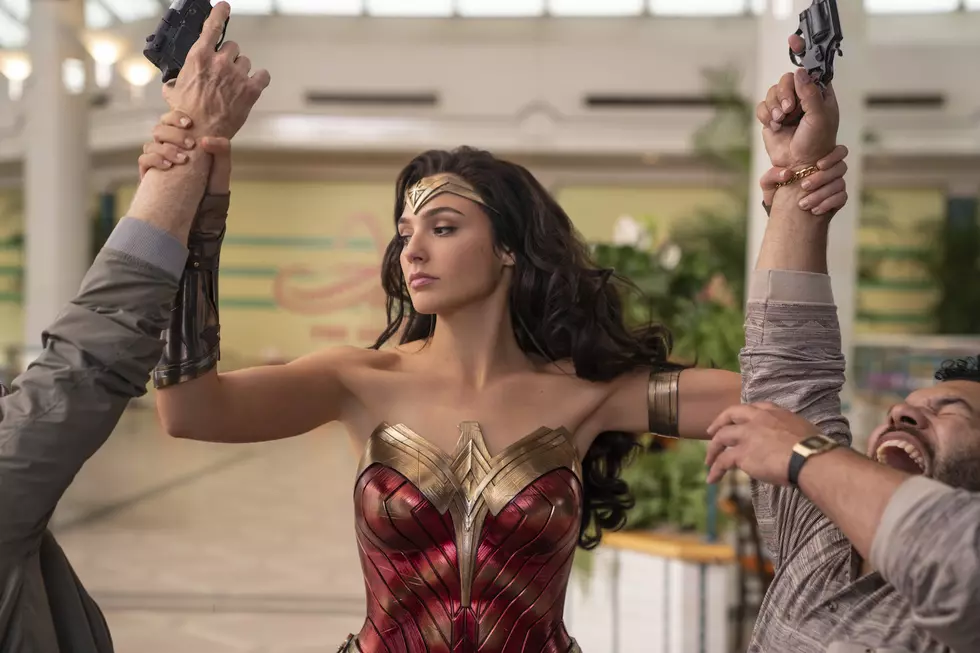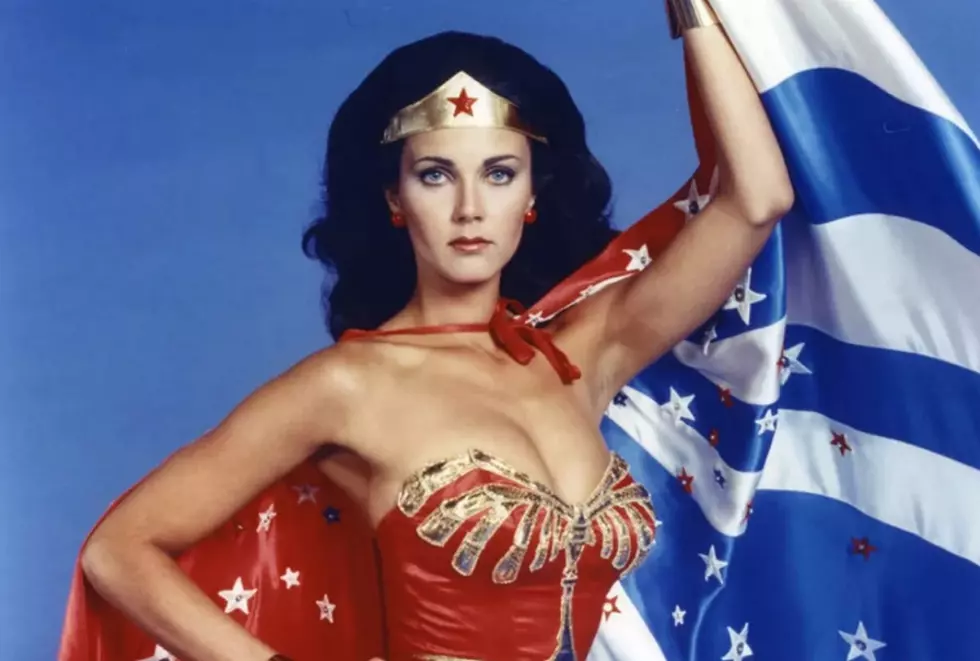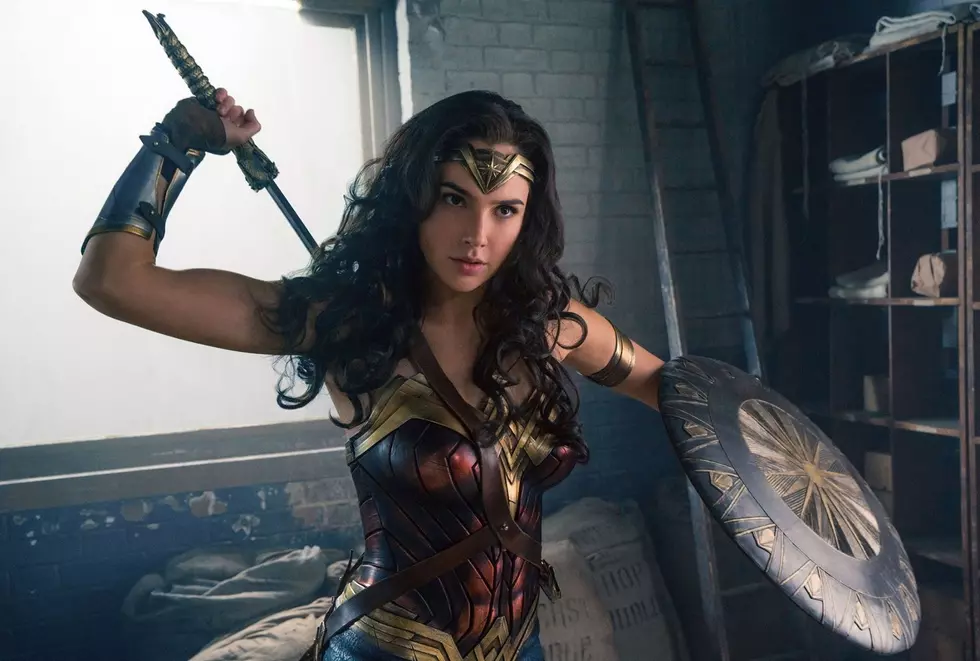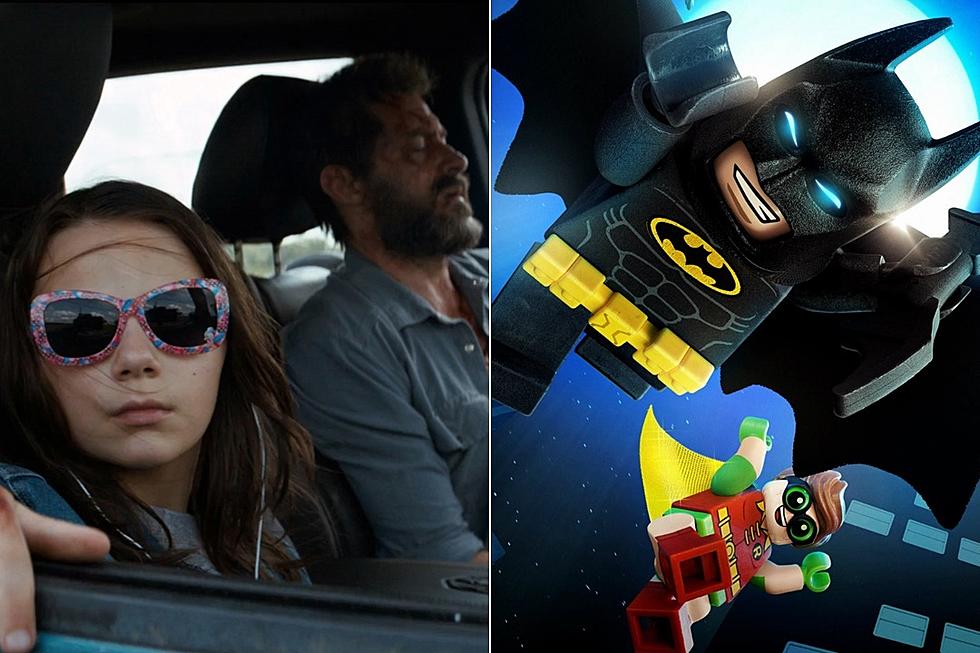
GET TO THE FLASHPOINT: Week 3, Wonder Woman, Deadman, Grodd, Legion of Doom

Flashpoint is DC Comics' summer event of 2011 that promises to change the DC Universe unrecognizably until the event's climactic finale, when the DC Universe will instead be left changed somewhat recognizably. In support of the event, DC is releasing 60+ issues of comic books across 22 titles in just three months. You'd have to be deranged to expend the time, effort and money to follow it all, but fortunately for you, ComicsAlliance has never been particularly whole in the sanity department. Over the next few months we'll be reading every single Flashpoint tie-in so we can tell you what you need to know. There are bound to be some good ones and we'll recommend them to you. The rest of them may contain some facts you'll need to make sense of what's going on in the overall Flashpoint, and we'll help you piece that together as well.
This week in Get to the Flashpoint, we look at
- Wonder Woman and the Furies by Dan Abnett, Andy Lanning, Scott Clark and David Beatty
- Deadman and the Flying Graysons by J.T. Krul and Mikel Janin
- Grodd of War one-shot by Sean Ryan, Ig Guara and Ruy José
- Legion of Doom by Adam Glass, Rodney Buchemi and Jose Marzán, Jr.
WONDER WOMAN AND THE FURIES #1

We're into week three of Flashpoint tie-ins and it marks the low point of the event books so far. I can't honestly recommend any of the four books released this week, and half of them were the worst I've seen from the event. If I had to pick a least bad option, I'd go with Wonder Woman and the Furies. Like last week's Emperor Aquaman, it gives a lot of background on the Amazon-Atlantis war, detailing the events that led to Aquaman and Wonder Woman's disastrous wedding.
Abnett and Lanning's story isn't the problem here, instead it's the book's artwork. A mix of traditional pencils and colors with what appears to be 3D computer generated backgrounds and crowdshots creates a jarring, unpleasant visual experience that I'd hesitate to approve of from a budget-strapped indie publisher and was shocked to see in a book featuring one of DC Comics' premier characters. Wide shots of Themyscira look like something out of the original Myst and characters in crowds look like stiffly posed action figures wearing plastic clothes.
As for the story, it tells how in the Flashpoint reality Diana escaped Themyscira to see the outside world, only to be immediately attacked by a many-tentacled kraken and rescued by Aquaman. She and Arthur propose a marriage to ally the two secret and mystic nations so they benevolently guide the rest of the world. Unfortunately, parties on both sides have their objections. An assassin in Atlantean armor attempts to kill Diana at the wedding, but Hippolyta pushes her daughter out of the way just in time to take a spear in the back -- a spear that turns out to have been thrown by the Amazon Artemis in disguise. She successfully frames former Aqualad Garth, who's then killed by Diana. The Atlanteans are politely asked to leave Themyscira or else they'll be all killed. It's then revealed on the last page that Artemis and her superior officer Penthesilea were actually involved in a conspiracy alongside Atlantean Orm "Ocean Master" Marius to prevent the wedding from happening.
It's not a bad set up and certainly left me intrigued to find out what'll happen when Wonder Woman and Aquaman find out they've been had. But Abnett and Lanning are hampered by the fact that DC seemed to care far more about the art of the insert ad comic in which football players Michael Strahan, Ndamukong Suh and Justin Tuck team up with the Justice League to fight crime and eat Subway sandwiches than they did about the art of the actual non-sandwich-based comic.


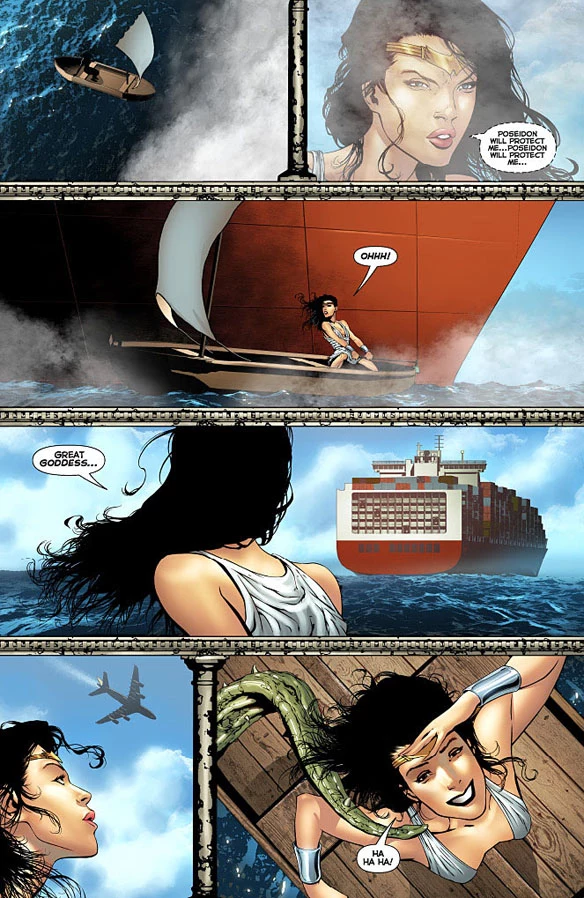

DEADMAN AND THE FLYING GRAYSONS #1

The other not-terrible Flashpoint comic out this week is Deadman & the Flying Graysons, which features Boston Brand, Dick Grayson and Dick Grayson's still-alive parents as part of an acrobatics act in a travelling circus stuck in devastated, war-torn Europe. If you've read DC's Brightest Day you probably remember Deadman as a kind individual with love for all of creation. Apparently being dead all those years really mellowed him out and gave him perspective, because in the Flashpoint universe the never-killed Boston Brand is a supremely egotistical jerk. Also part of the Haley Circus are Ragdoll and King Shark, bringing along none of the entertaining qualities they possess in Secret Six, and Kent "Doctor Fate" Nelson, who's troubled by visions of the real DC Universe.
Issue one is mostly concerned with a contrast between the selfish Brand and the well-adjusted, happy Dick Grayson, whose parents are there to support him in everything he does. But there's danger in the form of a squad of Amazons in pursuit of the circus, leaving a path of destruction behind them as they seek Fate's Helm of Nabu.
Cliff Chiang's poster cover is the best part of Deadman and the Flying Graysons.



GRODD OF WAR #1

The best thing I can say about Grodd of War is the fact that it's a one-shot means there won't be two more issues like it.
This book tells the story of Gorilla Grodd, who has conquered all of Africa and yet is still miserable. Grodd laments that Aquaman has killed half of Europe and is the most feared threat in the world, while Grodd's killed half of Africa and no one is paying him any attention. That one piece of social commentary about how we in the real world seem to care next to nothing about the suffering in African nations is then undermined by Grodd exhibiting a level of angst that makes your average 1990s comic book seem like a frolic through a springtime field of flowers with singing puppies and bunnies.
Sad that all his conquests have brought him no happiness, Grodd proceeds to first brutally kill his own loyal soldier Congorilla in the hopes that it will bring him excitement. It doesn't. He then travels to South Africa to view his newest conquest, only to be attacked by a squad of child soliders. The scene reminds us that child soldiers are a serious problem in Africa much in the way that Unknown Soldier did, except without the grace, tact, subtlety or emotionally compelling storytelling. Finally Grodd reaches South Africa and kills resistance leader Catman with a Sub-Zero-esque spine-and-skull removal. That bothered me on two fronts, firstly by rubbing salt in the wound of Secret Six's end in the new DC relaunch and, secondly, by selecting a white guy to be the leader of the South African anti-gorilla resistance fighters.
Violence still bringing him no satisfaction, Grodd decides to attack Aquaman's forces because he welcomes death. Which is good, because his lack of a desire to continue his joyless existence matches my lack of a desire to continue reading about him.




LEGION OF DOOM #1

Legion of Doom is not a title that in any way gives a helpful indication of what this book is about. The reason for its use? There's a supervillain maximum security prison in a swamp that looks exactly like the villainous headquarters from Superfriends and everyone sent there is "doomed."
The story is built around Heat Wave, the Flash villain named for his fascination with fire and not his love of the album by Martha and the Vandellas. He's so obsessed with fire that he seeks to kill Firestorm simply out of jealousy, and burns Jason Rusch. Firestorm's other half Ronnie Raymond escapes because of course Jason is going to be the one to get killed, he's black! Heat Wave's caught by Cyborg, though, in the first moment in Flashpoint where we get to see Cyborg acting like this reality's Superman.
Heat Wave's sent to prison, where rival gangs of metahuman and non-metahuman supervillains form sides against one another in a PG-13 version of Oz: a bunch of guys in orange shirts and pants grimacing at one another and hitting people to show they're not to be messed around with. The only moment that's legitimately shocking is when a still-criminal Plastic Man is smuggled into the prison inside Cluemaster's stomach and then bursts out of his mouth along with an amount of blood-vomit reminiscent of House, M.D. but less than a Red Lantern.
Like most of its cast, Legion of Doom comes off as a book trying to act tougher than it really is in order to build up credibility. But it's an obviously exaggerated front and a poor imitation of prison dramas that it can't match in either violence or narrative intensity. The next issue promises a prison break, but the book's solicit text, "Flash Fact: They Have to Kill the President!", isn't even hinted at here, as the drive of the book so far is Heat Wave's desire to get revenge on Cyborg for not letting him burn more things.



Come back next week, when hopefully Lois Lane and the Resistance, Kid Flash Lost, Reverse Flash or The Outsider will provide a better read than this week's bunch of Flashpoint tie-ins.
More From ComicsAlliance

